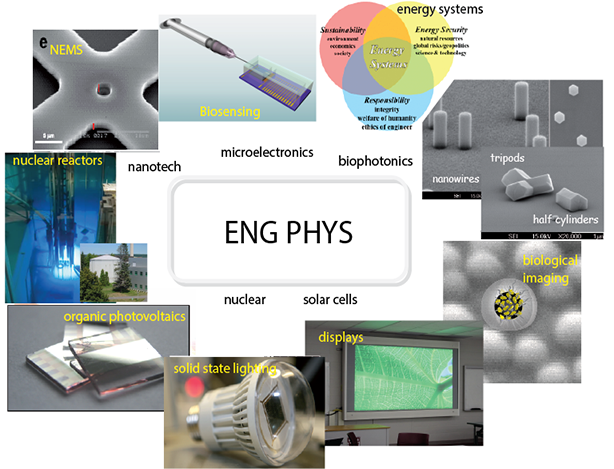Identification of an Unknown Material Through Gamma Ray Detection
Abstract
Gamma rays and X-ray photons can interact with matter in three distinct ways. Dependent on the energy of the photon in question, Compton scattering, pair production, and the photoelectric effect can all occur. In this lab, through the use of energy dispersive spectrometers the operation of gamma ray detectors was analyzed. Through the use of a Sodium Iodide (NaI) detector, the spectrums of a Cobalt-60 source were collected as data. These spectrums changed for varying distances from the detector as well as the length of time used for source detection. Finally, bipolar pulses were used to compensate for undershoot and give a different perspective of the spectrum. Through the use of a Germanium Detector, the spectrum of Cobalt-60 was once again acquired with the addition of Cobalt-57. This was done as to calibrate the Multi-Channel Analyzer for energy versus channel number. A new spectrum from an unknown source was then acquired and using the previous calibration a hypothesis of Manganese-54 was chosen as the known source with a peak energy of 833.38 keVReferences
Department of Physics, Middlebury College, Gamma Ray Spectroscopy with NaI and Ge(Li) Detectors, 1992, http://cat.middlebury.edu/~PHManual/gamma.html, Accessed: February 7, 2009
G. F. Knoll, Radiation Detection and Measurement (John Wiley& Sons, New York, 1979).
Nelson, G., & Reilly, D. (1991). Gamma-ray interactions with matter. Passive Nondestructive Analysis of Nuclear Materials, Los Alamos National Laboratory, NUREG/CR-5550, LAUR-90-732, 27-42.
Sodium Iodide Detectors. (2010). Retrieved November 23, 2016, from http://www.hc-sc.gc.ca/ewh- semt/contaminants/radiation/surveill/sodium-eng.php
Multi-Channel Analyzer. (2011, December 03). Retrieved November 23, 2016, from
https://upload.wikimedia.org/wikipedia/commons/a/ac/Scintillation_ counter_as_a_spectrometer.jpg
Weisshaar, Dirk. "Gamma-ray Spectroscopy: An Introduction." Michigan State University, 2011. Web. 23 Nov. 2016.
"High-purity Germanium (HPGe) Detectors." High-purity
Germanium (HPGe) Detectors - CANBERRA Industries. N.p., n.d. Web. 23 Nov. 2016.
"se."Sympatico.N.p.,22Jan.2014.Web.23Nov.2016.
Second Year Laboratory - University of Sheffield. (n.d.). Retrieved November 23, 2016, from https://www.sheffield.ac.uk/polopoly_fs/1.14263!/file/N1.pdf
Downloads
Published
Issue
Section
License
Authors who publish with this journal agree to the following terms:Authors retain copyright and grant the journal right of first publication with the work simultaneously licensed under a Creative Commons Attribution License that allows others to share the work with an acknowledgement of the work's authorship and initial publication in this journal.
Authors are able to enter into separate, additional contractual arrangements for the non-exclusive distribution of the journal's published version of the work (e.g., post it to an institutional repository or publish it in a book), with an acknowledgement of its initial publication in this journal.
Authors are permitted and encouraged to post their work online (e.g., in institutional repositories or on their website) prior to and during the submission process, as it can lead to productive exchanges, as well as earlier and greater citation of published work.


